推薦產品
用途
sufficient for 100 colorimetric tests
檢測方法
colorimetric
儲存溫度
−20°C
一般說明
Phosphoglucomutase (PGM) is an enzyme crucial for the interconversion of glucose-1-phosphate and glucose-6-phosphate.[1] In glycogenolysis, PGM converts glucose-1-phosphate into glucose-6-phosphate for use in either the glycolytic pathway or pentose phosphate pathway.[2] When blood glucose levels are high, PGM will convert excess glucose-6-phosphate (formed from glucose by the action of hexokinase) to glucose-1-phosphate.[3]
Deficiency of phosphoglucomutase leads to glycogen storage disease.[4]
Deficiency of phosphoglucomutase leads to glycogen storage disease.[4]
適合性
Suitable for the measurement of phosphoglucomutase activity, analysis of glucose metabolism and cell signaling and screening anti-diabetic drugs in animal tissues (muscle, liver, heart, kidney etc.), cell culture (adherent or suspension cells) and plasma.
原則
The Phosphoglucomutase Colorimetric Assay kit provides a simple and direct procedure for measuring PGM activity in a variety of samples. PGM activity is determined by a coupled enzyme assay in which glucose-1-phosphate is converted by PGM to glucose-6-phosphate. Glucose-6-phosphate is subsequently oxidized to form a product, which reacts with a probe generating a colorimetric (450 nm) product proportional to the PGM activity present. One unit of PGM is the amount of enzyme that will generate 1.0 μmole of NADH per minute at pH 8.0 at room temperature.
從最近期的版本中選擇一個:
分析證明 (COA)
Lot/Batch Number
Feher J J
Quantitative Human Physiology, 1008-1008 (2017)
The enzyme phosphoglucomutase (Pgm) is required by Salmonella enterica serovar Typhimurium for O-antigen production, resistance to antimicrobial peptides and in vivo fitness.
Paterson G K< et al.
Microbiology, 155(10), 3403-3410 (2009)
Liver glucose metabolism in humans.
Adeva-Andany M M, et al.
Bioscience Reports, BSR20160385-BSR20160385 (2016)
Phosphoglucomutase (PGM 1) deficiency: a novel defect of muscle glycogen degradation and synthesis (P07. 200).
Haller R, et al.
Neurology, 78(1), P07-200 (2012)
Jessica N R Peoples et al.
The Journal of biological chemistry, 293(18), 6925-6941 (2018-03-16)
Cardiac energy demands during early embryonic periods are sufficiently met through glycolysis, but as development proceeds, the oxidative phosphorylation in mitochondria becomes increasingly vital. Adrenergic hormones are known to stimulate metabolism in adult mammals and are essential for embryonic development
Active Filters
我們的科學家團隊在所有研究領域都有豐富的經驗,包括生命科學、材料科學、化學合成、色譜、分析等.
聯絡技術服務







